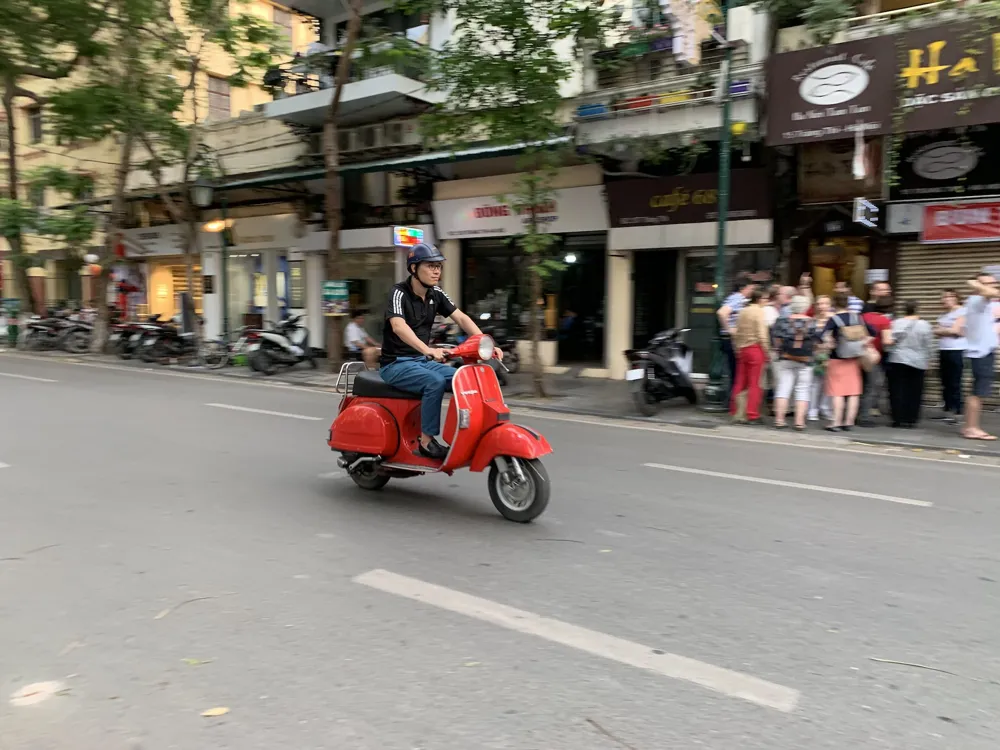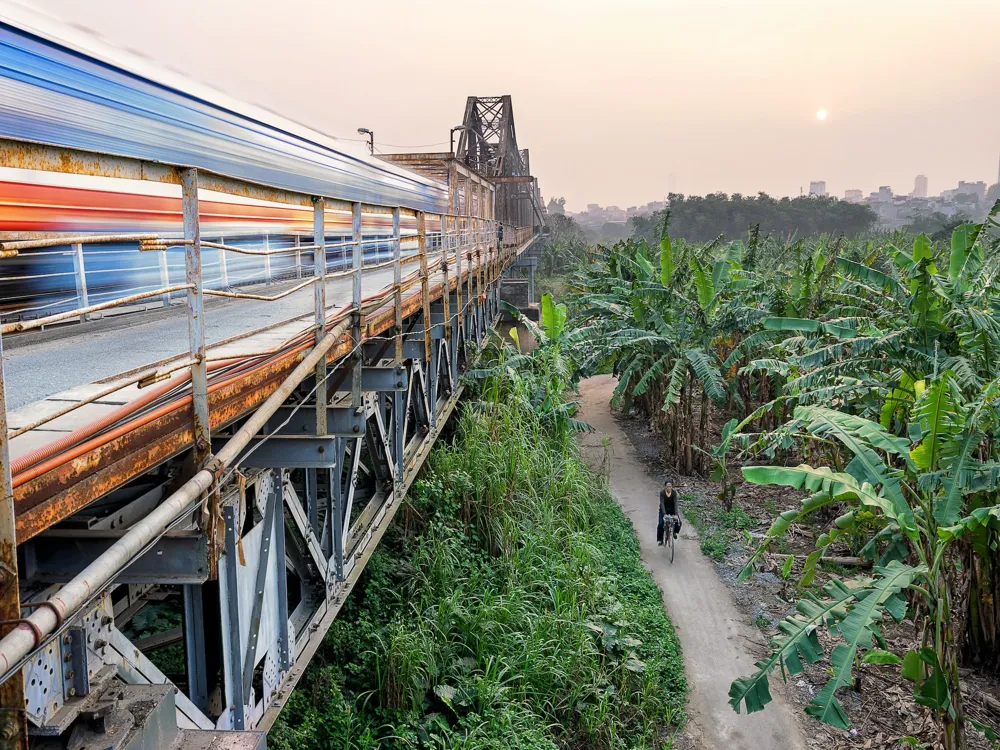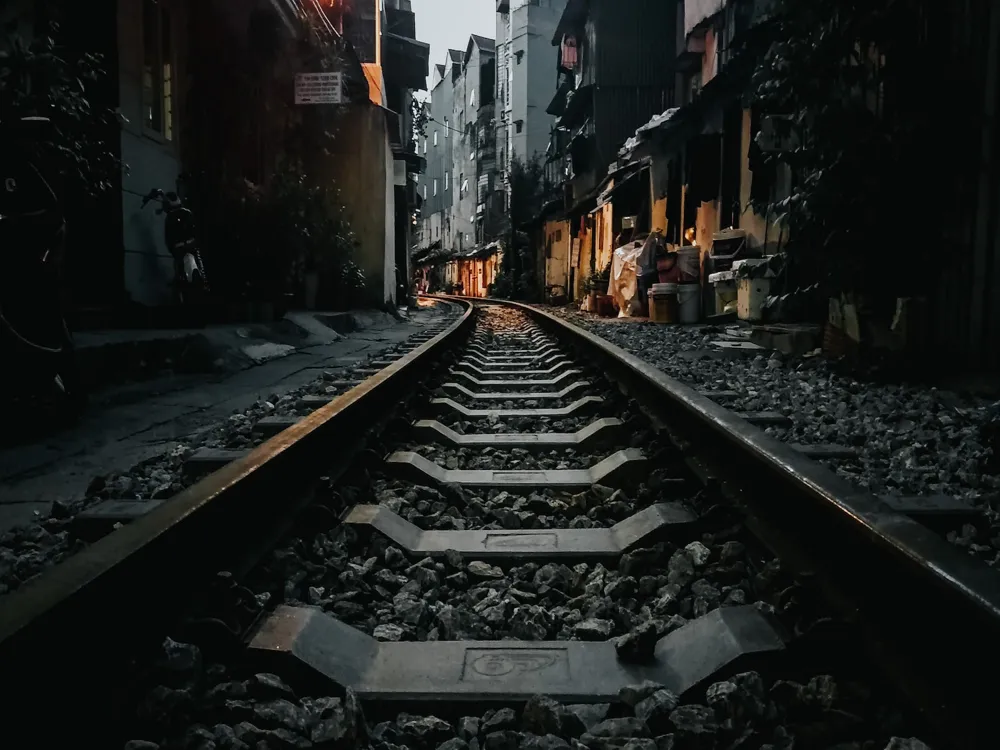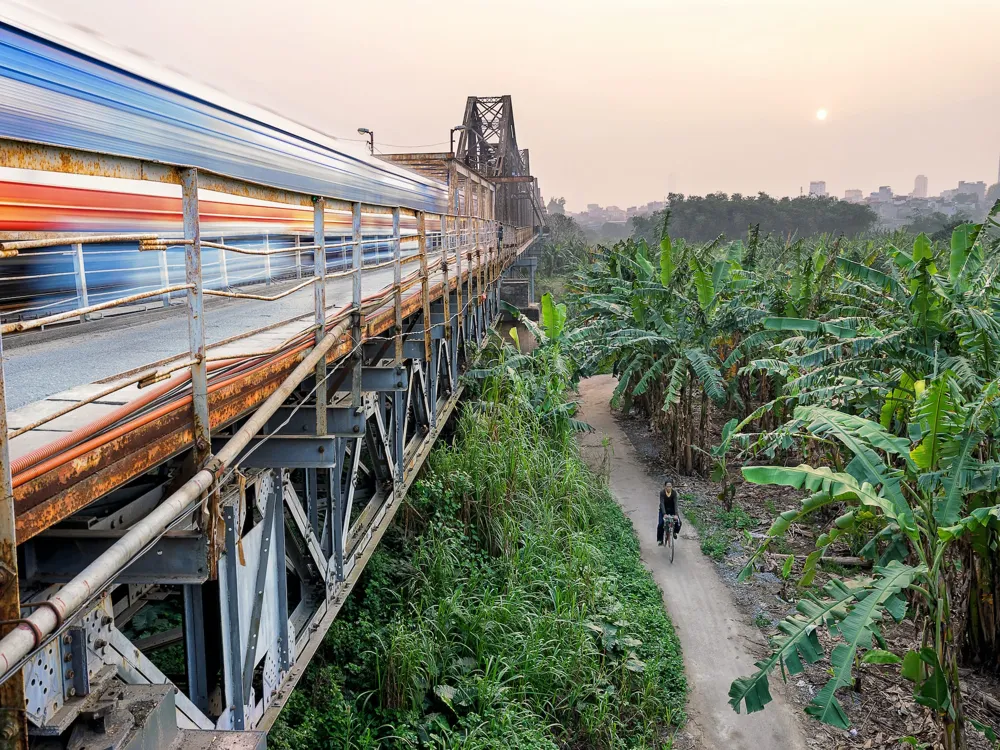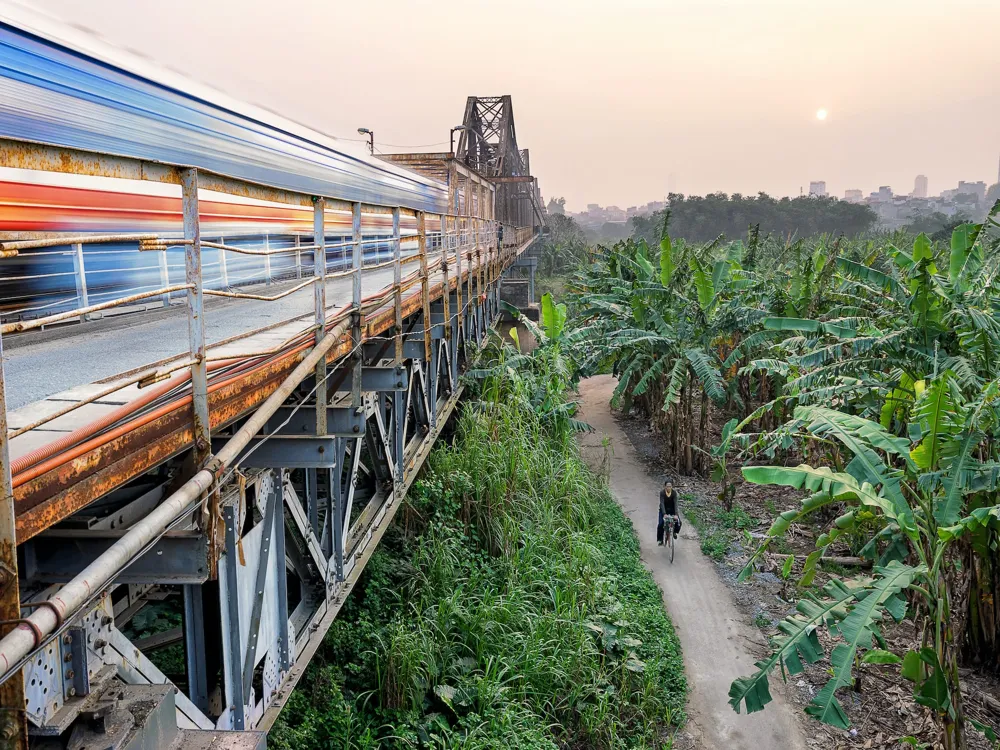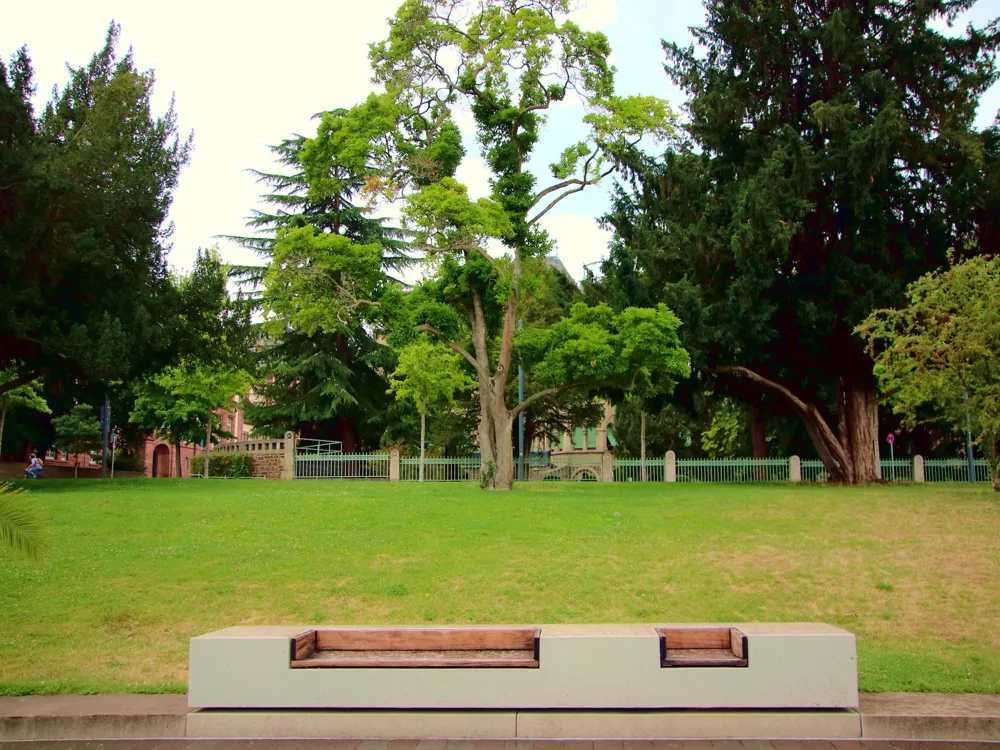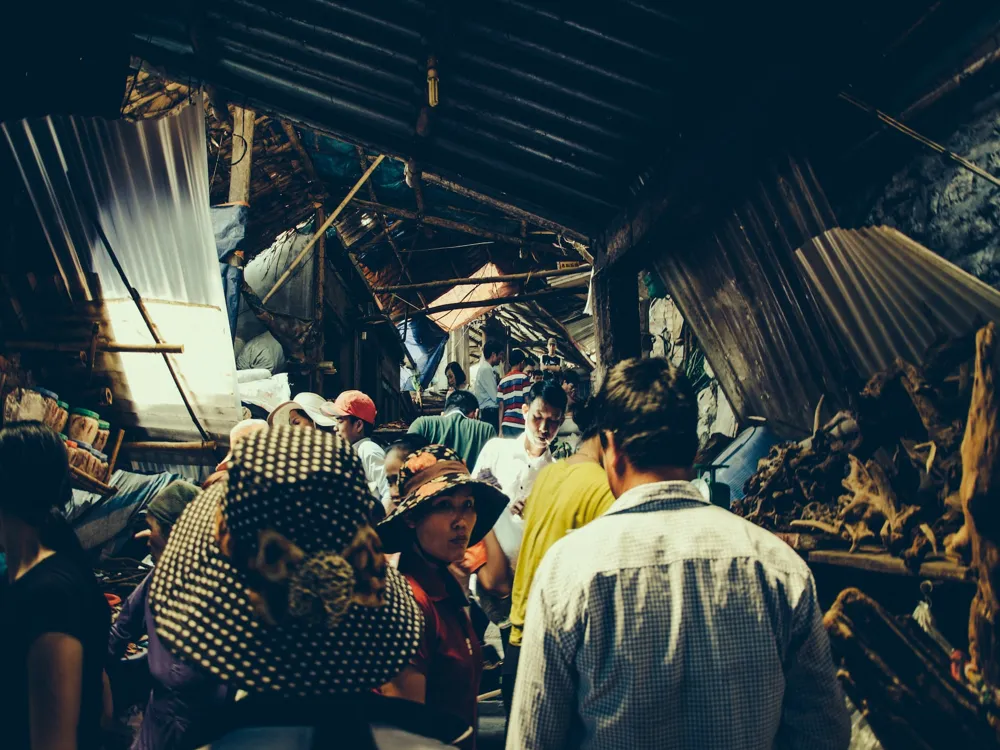Hanoi, the mesmerizing capital of Vietnam, is a city where ancient history and modern development converge. With over a thousand years of history, it stands as a testament to resilience, cultural richness, and architectural marvels. Nestled on the banks of the Red River, Hanoi is not just the political heart of Vietnam but also a cultural and historical center. The city's history is a complex tapestry of invasions, wars, and colonial rule, each leaving its distinct mark. Hanoi has been inhabited since at least 3000 BC, evolving through various dynasties and empires. The Ly Dynasty, established in the 11th century, was a significant era, giving the city its first structured layout and architectural identity. This period saw the construction of the Imperial Citadel of Thang Long, a UNESCO World Heritage Site, which remains a symbol of Hanoi's enduring spirit. The influence of the French colonial period, from the late 19th to the mid-20th century, is still evident in the city's architecture and cuisine. This blend of Eastern and Western influences has given Hanoi a unique character, visible in its tree-lined boulevards, colonial buildings, traditional pagodas, and bustling street markets. The city’s heart, the Old Quarter, with its narrow streets and ancient commercial establishments, continues to be a hub of daily life, reflecting the city's historic trade activities. Modern Hanoi is a dynamic metropolis, with rapid development evident in its expanding skyline, burgeoning business districts, and thriving arts scene. Despite this growth, the city retains its charm, best experienced in its vibrant street life, where traditional Vietnamese life unfolds amidst the backdrop of a rapidly evolving urban landscape. Hanoi's architecture is a fascinating amalgamation of different eras and influences, reflecting the city's rich history and cultural diversity. The cityscape is dotted with ancient temples, colonial buildings, and modern skyscrapers, creating a unique aesthetic that is distinctly Hanoian. Traditional Vietnamese architecture in Hanoi is best exemplified by its temples and pagodas. These structures, characterized by ornate carvings, intricate roof designs, and harmonious alignment with nature, reflect the spiritual and aesthetic values of ancient Vietnam. The Temple of Literature, a Confucian temple built in the 11th century, is a prime example of this architectural style and is renowned for its traditional Vietnamese architecture and serene ambiance. The French colonial period left a significant architectural legacy in Hanoi. The French introduced European architectural styles, particularly the Art Deco and Neoclassical styles, which blended with traditional Vietnamese elements. This fusion created unique structures such as the Hanoi Opera House and the St. Joseph's Cathedral, which stand as icons of the city's colonial past. In recent years, Hanoi's architecture has evolved with the addition of modern and contemporary buildings. The city's skyline now features sleek glass-and-steel structures, representing Vietnam's rapid economic growth and modernization. The Lotte Center Hanoi and the Keangnam Hanoi Landmark Tower are notable examples of this modern architectural trend. Despite the influx of modernity, Hanoi's architecture remains deeply rooted in its history and cultural identity. The city continues to preserve its architectural heritage, ensuring that the old and the new coexist in harmony, showcasing Hanoi's journey through time. The ideal time to visit Hanoi is during the spring (February to April) and autumn (October to December) months. During these periods, the weather is pleasant with moderate temperatures, making it comfortable for exploring the city. Hanoi offers various transportation options including taxis, buses, and the recently introduced metro system. For an authentic experience, try the cyclos (three-wheeled bicycle taxis) or rent a motorbike to navigate the city like a local. Respect local customs and traditions. Dress modestly when visiting religious sites, and always ask for permission before taking photos of people, especially in rural areas. Hanoi is famous for its street food, but it's important to eat at reputable stalls. Drink bottled water and be cautious with raw foods. Keep your belongings secure, especially in crowded areas. Hanoi is well-connected internationally and domestically. The Noi Bai International Airport serves as the main gateway for international travelers. It offers flights to and from various major cities around the world. For domestic travel, Hanoi is connected by rail and road. The Hanoi Railway Station is a major hub for trains coming from different parts of Vietnam. Additionally, bus services and private car hires offer convenient means to reach Hanoi from other cities and provinces.Overview of Hanoi
Architecture of Hanoi
Tips When Visiting Hanoi
Best Time to Visit
Transportation Tips
Cultural Etiquette
Food and Safety
How To Reach Hanoi
Pagoda But Thap
Hanoi
₹ 15,260 onwards
View hanoi Packages
Weather :
Tags : Buddhist Temple
Time Required : 2 Hours
Planning a Trip? Ask Your Question
Hanoi Travel Packages
View All Packages For Hanoi
Top Hotel Collections for Hanoi

Private Pool

Luxury Hotels

5-Star Hotels

Pet Friendly
Top Hotels Near Hanoi
Other Top Ranking Places In Hanoi
View All Places To Visit In hanoi
View hanoi Packages
Weather :
Tags : Buddhist Temple
Time Required : 2 Hours
Planning a Trip? Ask Your Question
Hanoi Travel Packages
View All Packages For Hanoi
Top Hotel Collections for Hanoi

Private Pool

Luxury Hotels

5-Star Hotels

Pet Friendly







